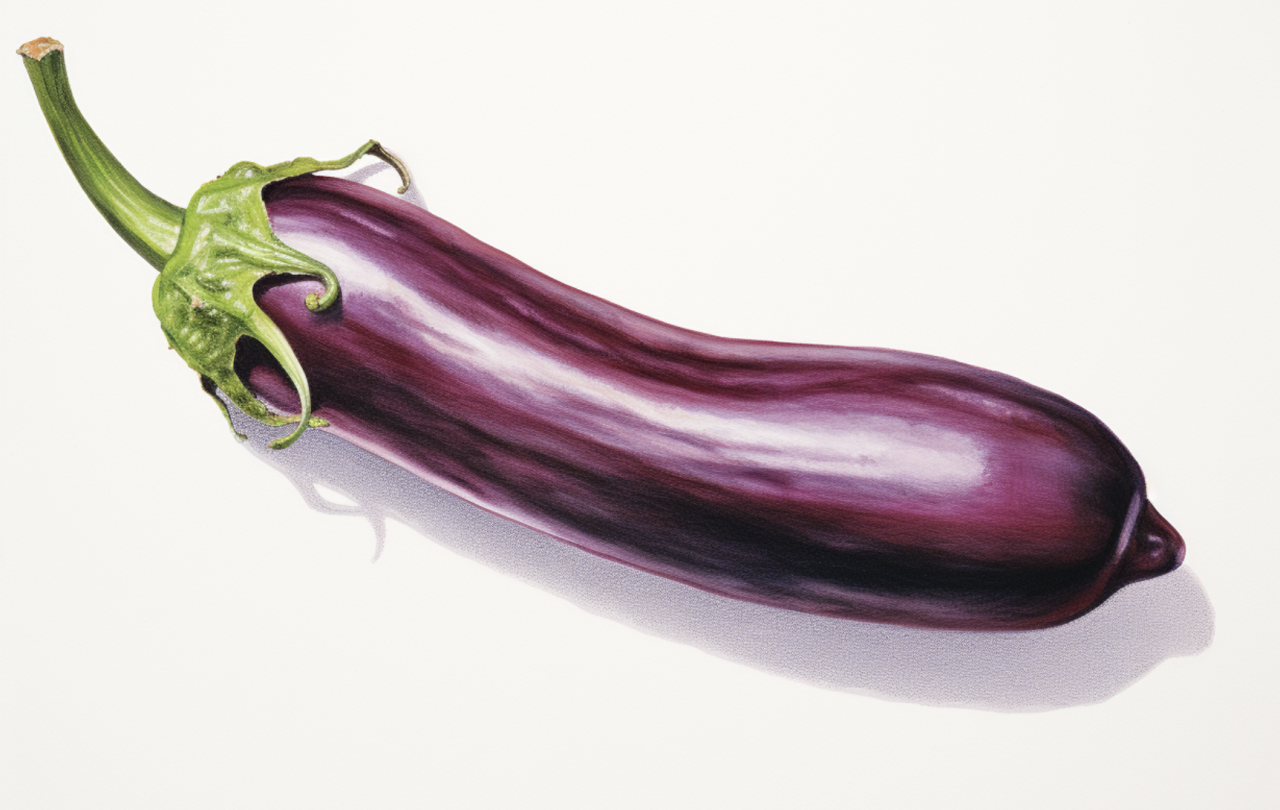
In the Emmy-nominated HBO show, White Lotus, we’re introduced to three generations of a glamorous Italian-American family: F Murray Abraham, Michael Imperioli and Adam DiMarco play a grandfather, father, and son, two of whom are in an ever-present battle with a sex addiction. Lust has made a home in this family, it has dug out and paved its own neuropathways, and ultimately blown these people apart. Scene after scene, we witness these men pathologically view women as nothing more than bodies to conquer, much to their own despair. You could say that Lust is the unseen, unspoken, yet undeniable villain of the entire series. We witness it obliterate relationships of all kinds and ultimately make way for danger and death to ensue.
It’s a masterful case-study in how destructive of a force Lust can be when left unchecked, not only to the objectified, but also to the one who can’t help but do the objectifying.
I conducted a little experiment in preparation for writing this piece, I asked five friends of mine who would not, and never have, identified as Christians, for the three things that they most associate with Christianity.
Out of those five people, four of them mentioned Christianity’s rather peculiar sexual ethics. Now, I know that as far as research goes, this isn’t the most scientific finding. But it is telling. An article on lust may just be the least surprising thing one could find on a magazine site that offers ‘Christian perspectives on just about everything’. In popular culture and common thought, Christianity is to sex is what Jamie Oliver is to sugary drinks: an almighty party-pooper, a tiresome force that is out to spoil everybody’s fun. That’s largely a result of Christian sexual ethics being reduced to a set of repressive ‘don’ts.’
- Don’t have casual sex, or any kind of sex outside of the confines of marriage, for that matter.
- Don’t watch pornography
- Don’t explore self-sex
- Don’t talk about it
- Don’t think about it
Just don’t.
As such, Christianity’s view of sex has been regarded as square or prudish at best, and oppressive and cruel at worst. And here you are, having stumbled upon an article which is about to place Lust back in its familiar old ‘deadly sin’ category. Ground-breaking, I hear you cry.
Well, allow me the pleasure of beginning this piece by saying something that is less predictable: Lust is not interchangeable with sexual desire. The two are not one and the same.
Sex is good. Very good, in fact.
According to the book of Genesis, the book that acts as the Bible’s start-line, it is one of the first instructions ever given to humanity. It’s an apparent component of our purpose (pre- ‘original sin’, might I add). We’re told to go ahead and multiply, to increase in number, to have sex. But it doesn’t end there. If it did, you’d be forgiven for thinking that the Bible presents sex in purely practical and procreational terms. But, not so. From one biblical poem to another – this time, the Song of Songs. This book is nothing short of erotic literature, it is a fully-fledged sex-scene. The composition and inclusion of this book speaks volumes, it does away with the notion that sexual pleasure and desire are some kind of inherent evil. On the contrary, if it’s a biblical perspective that you’re after, here it is: sex was designed by God and gifted to humanity. For procreation, yes. But also, for pleasure, intimacy, and well-being.
So, in summary: sex is a gift, a very good one at that.
With that firmly in mind, let’s return to Lust. If Lust is not sexual desire, per se, what exactly is it?
It is a perception of sex, and a corresponding desire for it, that has been either minimised or sensationalised. Sex is a gift, that is the Christian insight at least, but Lust wants to blur your vision, it wants you to believe that sex is either more or less than a good gift. Lust seeks to disorder your desire.
To only desire one third of a person, to regard them exclusively as a body, is to undermine their full personhood.
The belief that sex is inherently meaningless, that it can be devoid of any kind of sacred or unique value, often acts as a wide-open door to Lust. It is also the predisposition that tends to normalise Lust, allowing it to hide in plain sight. That is, until it has damaged us and/or others. Lust tells us that we can obtain a person’s body, without paying any heed to the rest of them. It lessens them in our sight, it reduces them, it de-humanises them. This may sound a little dramatic, but if we are the sum of our bodies, our minds, and our souls – then to only desire one third of a person, to regard them exclusively as a body, is to undermine their full personhood.
A more subtle, yet just as pervasive, form of a disordered sexual desire would be to regard sex as more than a gift, to sensationalise it, to mistake it for love. Lust’s other tactic is to suggest that sexual activity is tantamount to value. It seeks to convince us that to be sexually desired is to be appreciated, and being sexually active must equate to being actively loved. Lust wrongly offers us sex as a source of worth, affirmation, and significance. In such cases, we may not be regarding someone as a means to a physical end, so much as a means to an emotional one.
Whether its tactic is to minimise or aggrandise, Lust whispers in our ear, encouraging us to regard another person as an object to possess, a tool of gratification. All the while, telling us that it doesn’t matter, because sex doesn’t matter.
As is the case with all of the deadly sins, it’s not that you possess them, as much as they begin to possess you. Lust can be a demanding master, indeed. Insatiable, even. And indescribably harmful.
The demand for restraint on the part of the powerful, purely for the protection of the poor and the vulnerable was nothing short of jaw-dropping.
Lust has much to answer for. In its darkest and most insidious extremity, often intertwined with toxic perceptions of power, Lust has led to atrocities being committed against people who were ever-so-wrongly treated as objects.
There is a reason that Lust is regarded as ‘deadly’.
Tom Holland recalls that in Graeco-Roman households, for example, it was utterly taken for granted that the bodies of enslaved people were objects to be possessed, owned, and utilised for physical gratification. In fact, Holland recounts how their bodies were spoken of in the same terms as urinals. People were regarded as nothing more than literal places/products for their masters to relieve themselves.
When placed in this context, the sexual ethics that were being adopted by early Christians were radical, not square. The very idea that there was something morally good about standing up against the whisperings of Lust was unheard of. The demand for restraint on the part of the powerful, purely for the protection of the poor and the vulnerable was nothing short of jaw-dropping. Historians note that as the Christian movement began to bubble up, so did a rather radical sexual revolution.
Not quite so Jamie Oliver-esque after all.
This revolution was fuelled by the idea of imago Dei, the notion that every person was made in the very image of the one who did the making. Therefore, every person is worthy of being treated as such, of being afforded unconditional dignity and worth, of being acknowledged for the uniquely valuable individual that they are. It was also, in part, a defiant re-enchanting of sex; it was a bold reminder that sex was always supposed to be healthy, enriching and inherently good. That it is precious and fragile, and therefore needs to be guarded with the utmost care. Such notions leave very little room for the reductive tendencies of Lust. Christianity, in its very essence, wages a war on such things.
This is not to say that Christians have won such a war, nor have they always fought this war well. To say so would be telling only half of the story, and do a significant disservice to those, for example, who have had shame heaped upon them in the name of purity culture (ironically, a culture which was/is also fuelled by reducing a person to the sum of their body parts).
But the war itself is one that is still worth fighting, surely? For the sake of others, ourselves, and sex itself.





